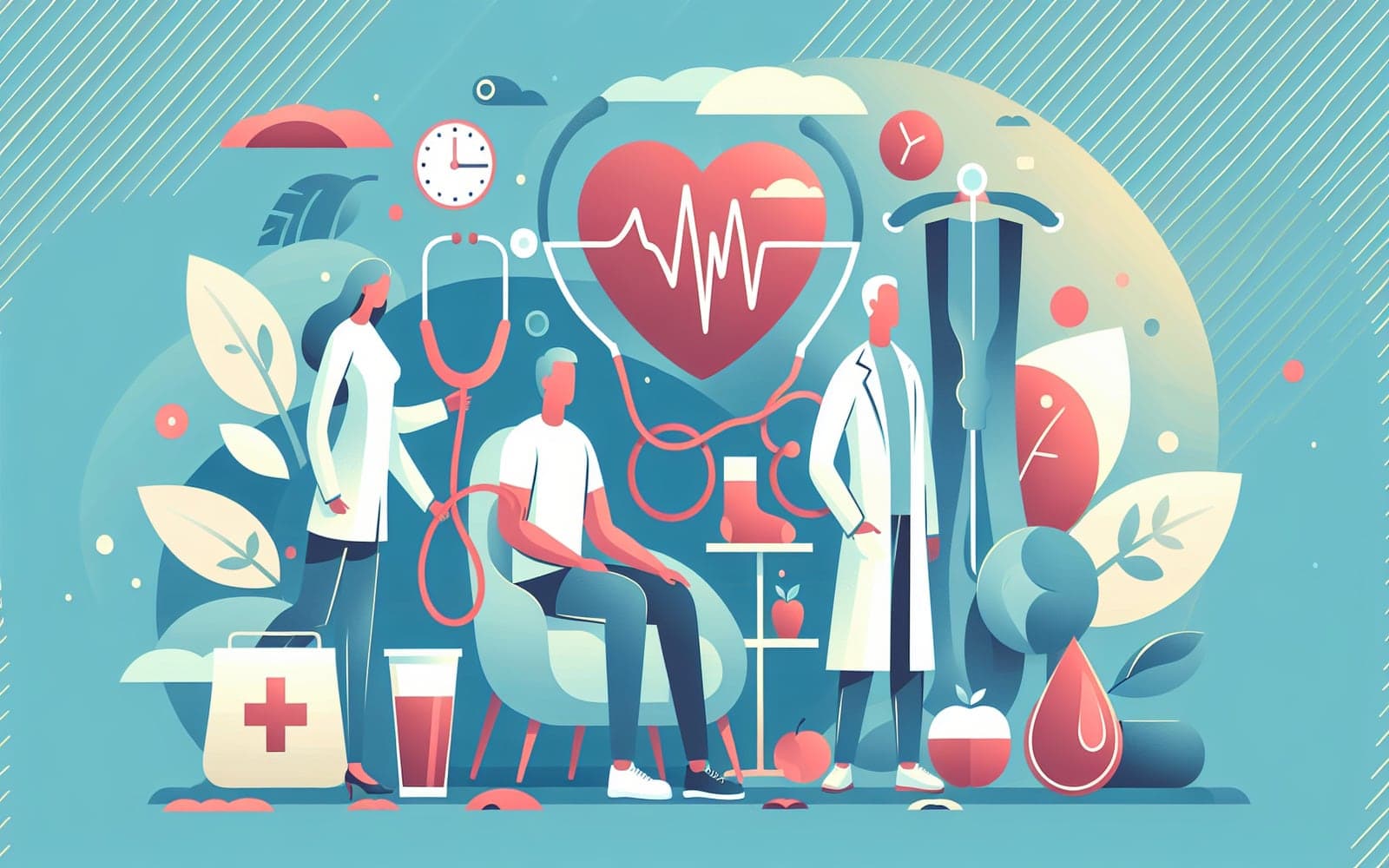Preventing Venous Thrombosis: Simple Steps to Save Your Life
Published: Jun 28, 2024
Preventing venous thrombosis is easier than you might think. By understanding the risk factors and implementing a few lifestyle changes, you can significantly reduce your chances of developing this serious condition.
Contents
Lifestyle Changes: A Proactive Approach
Simple lifestyle changes can greatly reduce your risk of venous thrombosis. Staying active, maintaining a healthy weight, and avoiding prolonged periods of immobility are key. Additionally, staying hydrated and wearing compression stockings during long flights or periods of sitting can help keep your blood flowing smoothly.
Medical Interventions: When Lifestyle Isn't Enough
For those with higher risk factors, medical interventions may be necessary. Blood thinners or anticoagulants can help prevent clots from forming. In some cases, doctors may recommend procedures to insert filters in veins to catch clots before they reach vital organs.

Know Your Risk: Family History Matters
A family history of venous thrombosis can significantly increase your risk. Knowing your family's medical history can help you and your doctor develop a personalized prevention plan. Genetic testing may also be recommended for those with a strong family history.
Frequently Asked Questions
Yes, regular exercise helps maintain healthy blood flow.
Yes, they are often prescribed for high-risk individuals.
Yes, it can increase your risk for venous thrombosis.
Yes, they can help prevent clots during long periods of inactivity.
Key Takeaways
Taking proactive steps can make a big difference in preventing venous thrombosis.
Consult Doctronic for a personalized prevention plan based on your risk factors.Related Articles
References
Lowe GD. Virchow's triad revisited: abnormal flow. Pathophysiol Haemost Thromb 2003; 33:455.
Chung I, Lip GY. Virchow's triad revisited: blood constituents. Pathophysiol Haemost Thromb 2003; 33:449.
Always discuss health information with your healthcare provider.

